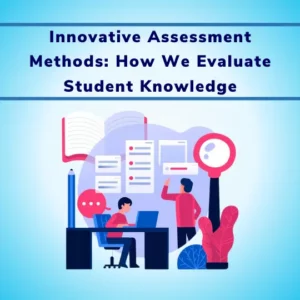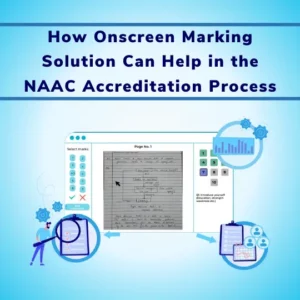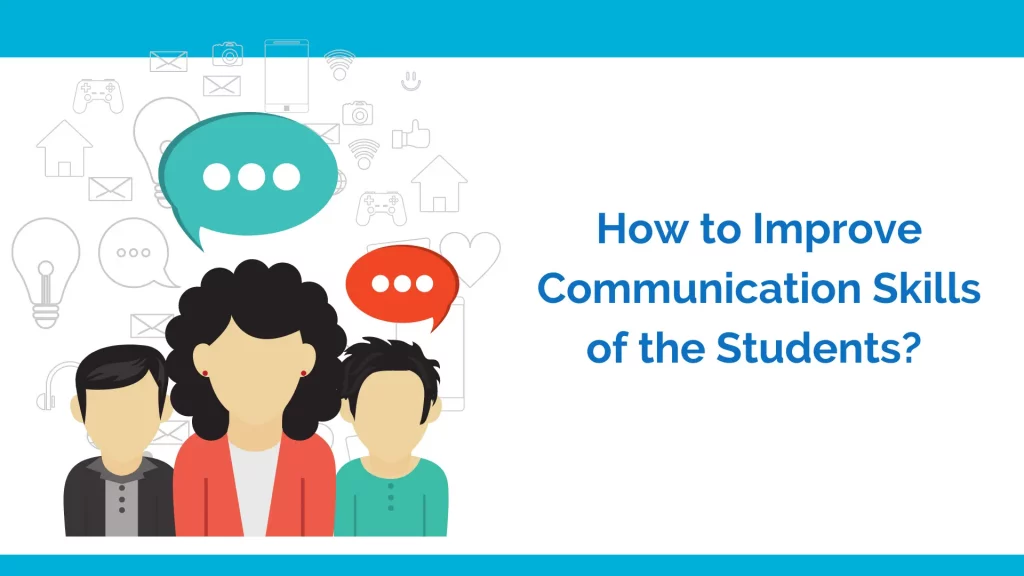
Communication skills are vital, communication is the inevitable and most important part of projects and cross-functional coordination in corporate life
Good communication skills are essential in both personal and professional relationships. They can make or break one’s success in life.
It is widely accepted that communication is a learnable skill, by practice, one can significantly improve the communication skills. With changing times and demands, it is important for the institutes to help students to improve their communication skills. Here are few practically effective ways to improve the communication skills
Article Contents
Activities to improve the verbal communication skills
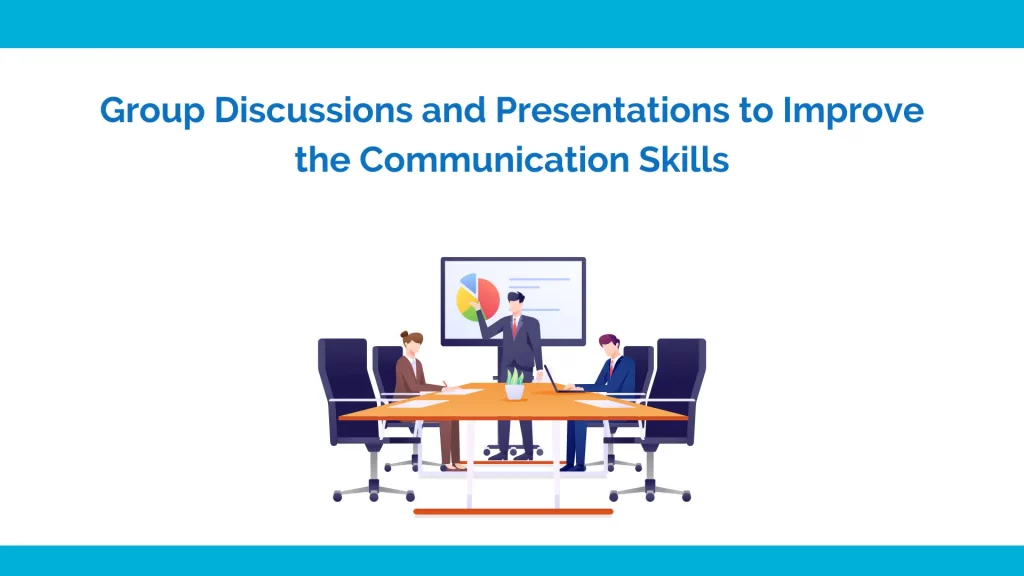
Encourage students to improve their communication skills, few lectures can be organized to kick off this activity. Certain activities can be assigned to students. The focus of these activities should be
Examples of such activity to improve verbal communication skills include Asking students to give presentations to each other and analyzing the communication skills, feedback from the peers can greatly help students to improve their verbal communication skills
Technology for bulk communication assessment
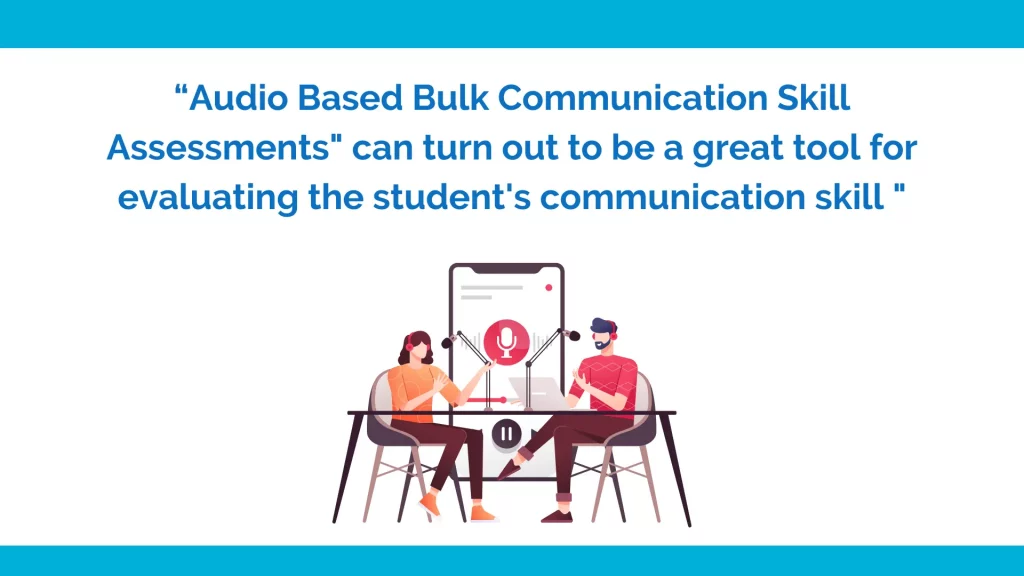
Technology can help you, as an academician to improve the communication skills of the students more effectively, here is how you can implement of Bulk Audio Based Communication Skill Assessments
Bulk audio based communication skill assessments enable you to conduct the communication skill assessment for hundreds of students simultaneously. These are the online assessments in which students record their answers to certain sets of questions, the recorded answers are then analyzed by the evaluator. When the number of students is large, then the peer-to-peer review can be implemented.
Here is how you can implement audio based bulk communication skill assessments-
Activities to improve non-verbal communication skills
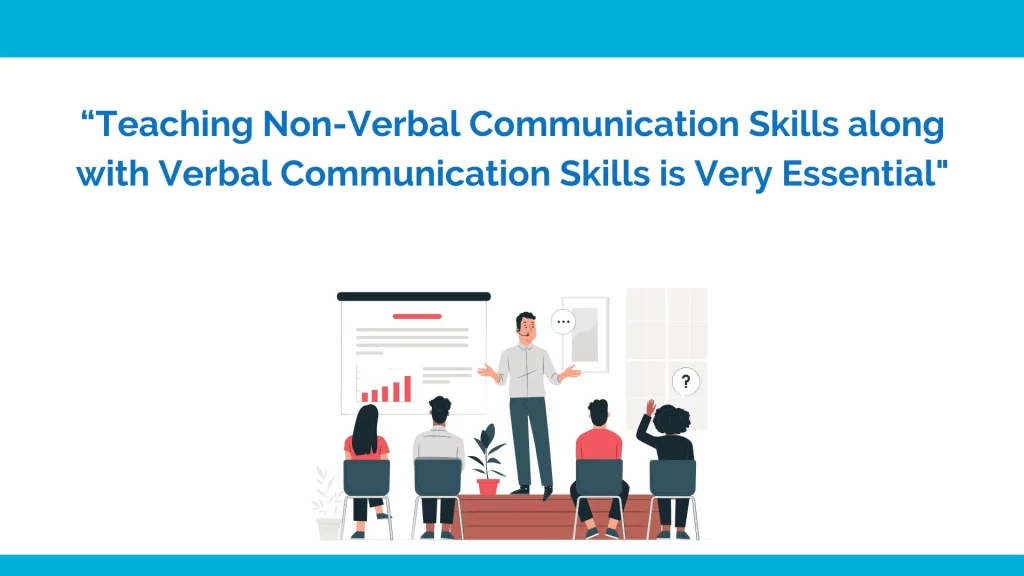
Did you know that non-verbal communication makes up 93% of all communication?
That’s a lot! If you want to be an effective communicator, it’s important to understand the non-verbal signals that you are sending and receiving.
Improving non-verbal communication skills will help your student to become a more effective communicator in all areas of your life! Paying attention to body language, facial expressions, and tone of voice can help your students to send non-verbal cues that are more accurate to how they’re feeling. Developing empathy and emotional intelligence can also help them better understand the non-verbal cues that they’re receiving from others.
Body language
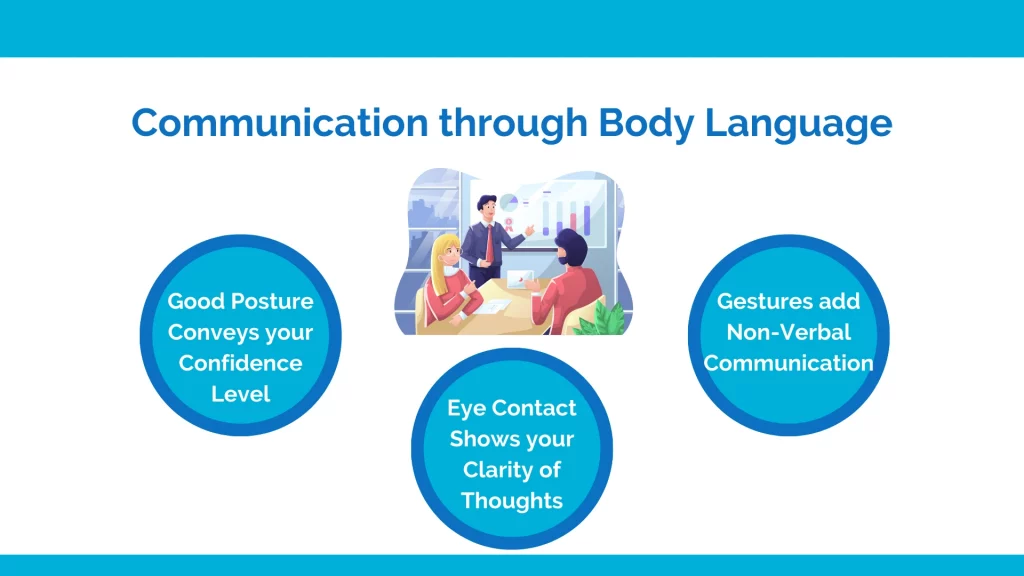
Body language is non-verbal communication that involves the use of your body to communicate. It includes things like one’s posture, facial expressions, and hand gestures. The way one uses the body can say a lot about feelings. For example, if you’re slouching, it might mean that you’re not interested in the conversation. If you’re making eye contact, it might mean that you’re interested and engaged in the conversation.
How to improve communication through body language?
One of the most important things to keep in mind when it comes to body language is that it can be easily misinterpreted. For example, crossed arms might be interpreted as a sign of defensive body language when in reality, the person is just cold. It’s important to be aware of how your body language might be interpreted by others and to adjust accordingly.
Here are some tips you can provide to your students for improving body language:
– Practice good posture. Good posture conveys confidence and shows that you’re comfortable in your own skin. Slouching, on the other hand, can make you appear tired, bored, or even uninterested in the conversation.
– Make eye contact. Making eye contact shows that you’re engaged in the conversation and interested in what the other person has to say. Avoiding eye contact, on the other hand, can make you appear disinterested or even untrustworthy.
– Use gestures. Gestures are another way to emphasize your point and add nonverbal communication to the conversation. For example, you might gesture with your hands when you’re explaining something.
Facial expressions
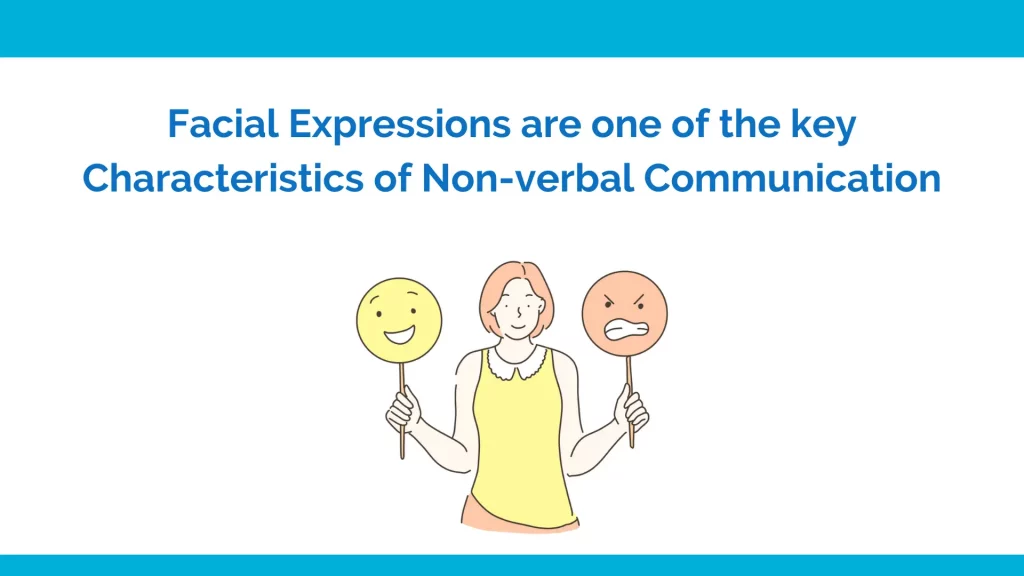
Facial expressions are another non-verbal communication tool. They can convey a lot of emotion, even if you’re not saying anything. For example, if you’re smiling, it might convey that you’re happy or amused. If you have a neutral expression, it might convey that you’re not sure how you feel about the situation. Paying attention to your facial expressions can help you send non-verbal cues that are more accurate to how you’re feeling.
How to communicate better by utilizing facial expressions?
One of the most important facial expressions to master is the smile. A smile can convey happiness, friendliness, and warmth. It is the most common facial expression and can be used in a variety of situations.
Smiling is also a great way to defuse a tense situation. If you are feeling angry or frustrated, try smiling instead of yelling or getting into a fight. Chances are, the other person will reciprocate your smile.
While a smile can make a conversation better, a neutral expression can make someone feel that you are totally uninterested in the conversation. You can ask students to track their facial expression and observe the reaction by others to their facial expressions
Tone of voice
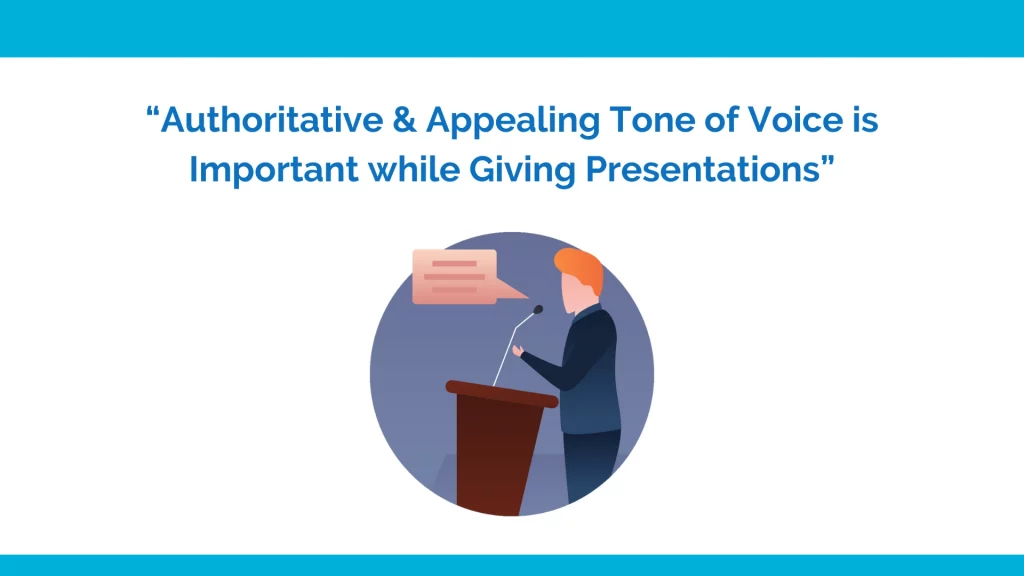
It is the third most important non-verbal communication tool. The way one says something can convey a lot of meaning, even if the words are neutral. For example, if one says something in a flat, monotone voice, it might convey that he/she is not interested in the conversation. If one says something in a loud, enthusiastic voice, it might convey that he/she is excited about the topic.
How to make sure that tone of voice doesn’t give a bad signal to others?
Ask your students to portray their real expressions in their voice, if one tries controlling the voice and pitch, it may make the person over-conscious. You can advise your students not to suppress the pitch and keep it in its natural way
Empathy and emotional intelligence
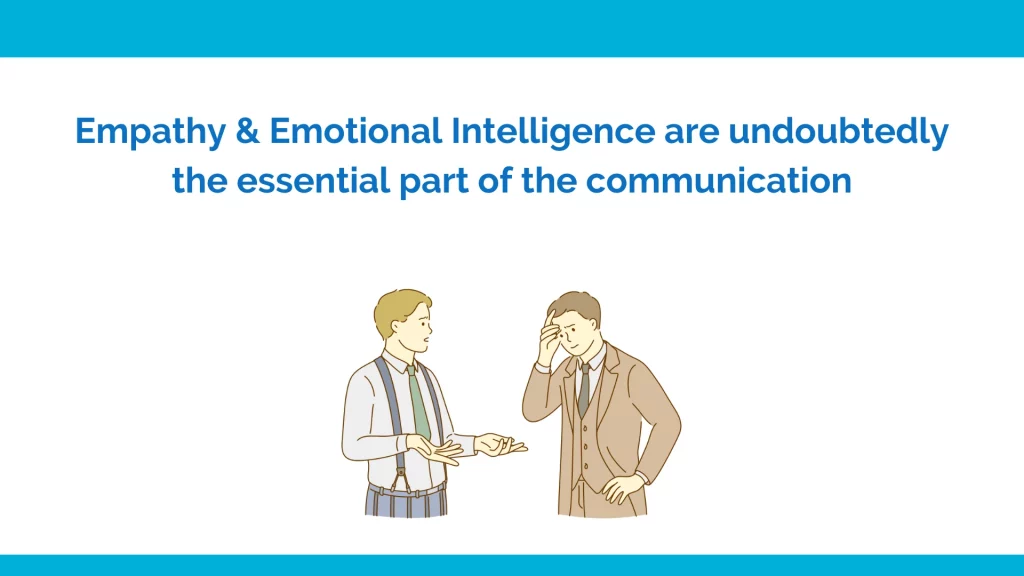
Developing empathy and emotional intelligence can also help in improving the non-verbal communication skills. Empathy is the ability to understand and share the feelings of another person. Emotional intelligence is the ability to perceive, understand, and manage emotions. Both of these skills can help to better understand the non-verbal cues that you’re receiving from others. They can also help you send non-verbal cues that are more accurate to how you’re feeling.
Apart from this, one can learn to communicate better on their own. This needs careful observation of the people around. The observation, its correct analysis can help your students to develop their own “best fit” and dynamic communication skills.
Frequently asked Questions about Improving Communication Skill
What are the Steps to assess communication Skill of the students ?
- You can use Eklavvya platform to conduct audio/ video assessments
- Define Audio/ Video assessments
- There is a facility to record viva/ audio interviews question by question
- This recording can be easily assessed by institute and feedback can be shared with students
How to improve Communication skill of the students to prepare them for interview ?
Practice of the communication and continuous feedback is the key. Technology can be used effectively.
Institute can ask students to record their communication for particular topic. Tools can be used to analyze if candidate is speaking gramatically correct. AI tools can assist if pronounciation is as per requirement.



![How Government-Led Exams at 250+ Locations Are Setting New Standards of Integrity [Case Study]](https://www.eklavvya.com/blog/wp-content/uploads/2024/04/Enhancing-Exam-Integrity-Government-Certification-in-250-Locations-150x150.webp)
![Transforming Central Govt. Exams Evaluation: How Onscreen Marking is Leading the Charge [Case Study]](https://www.eklavvya.com/blog/wp-content/uploads/2024/04/How-Onscreen-Marking-Revolutionized-Central-Govt-Exams-Case-Study-1-150x150.webp)

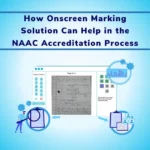


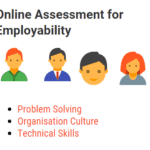









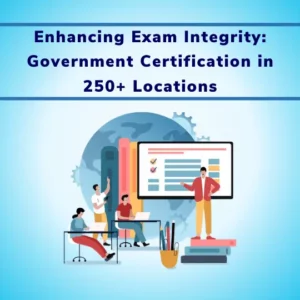
![How Onscreen Marking Revolutionized Central Govt Exams [Case Study]](https://www.eklavvya.com/blog/wp-content/uploads/2024/04/How-Onscreen-Marking-Revolutionized-Central-Govt-Exams-Case-Study-1-300x300.webp)
